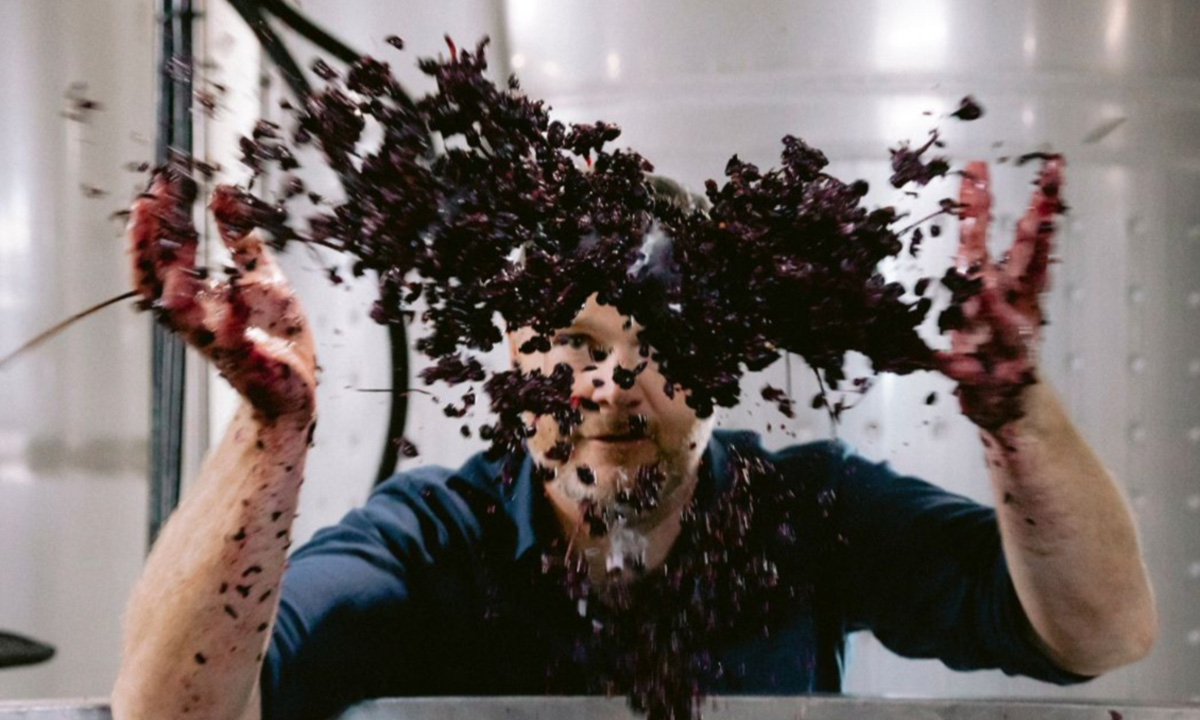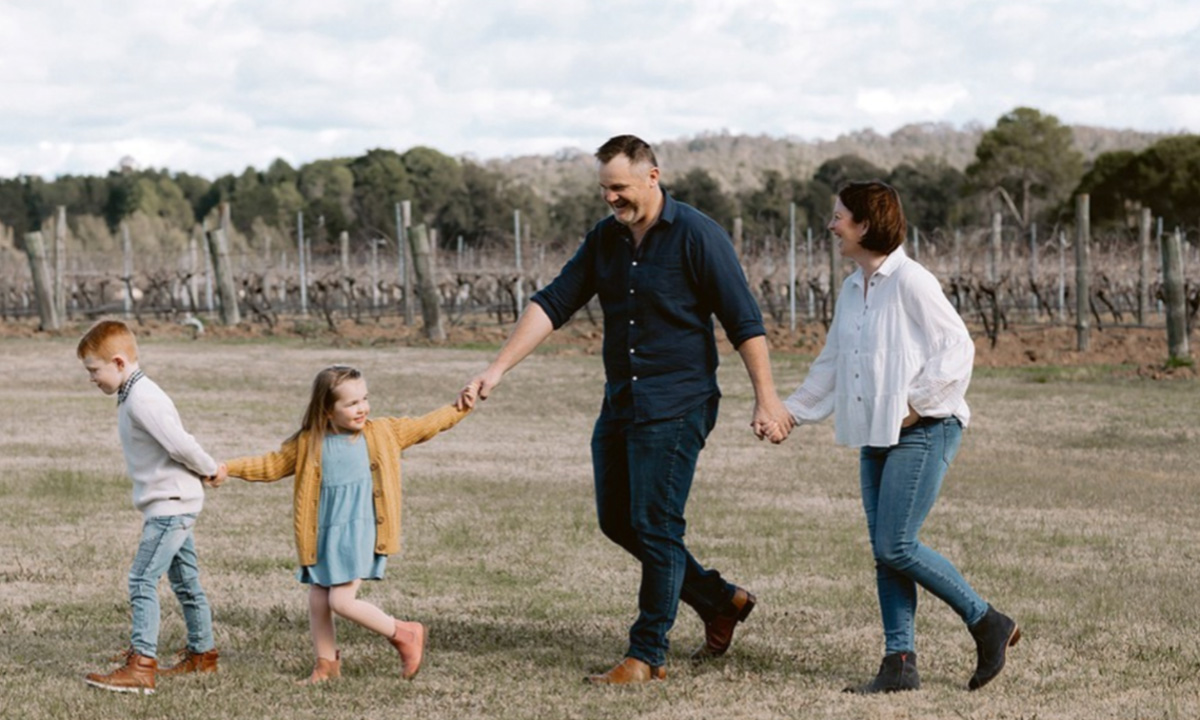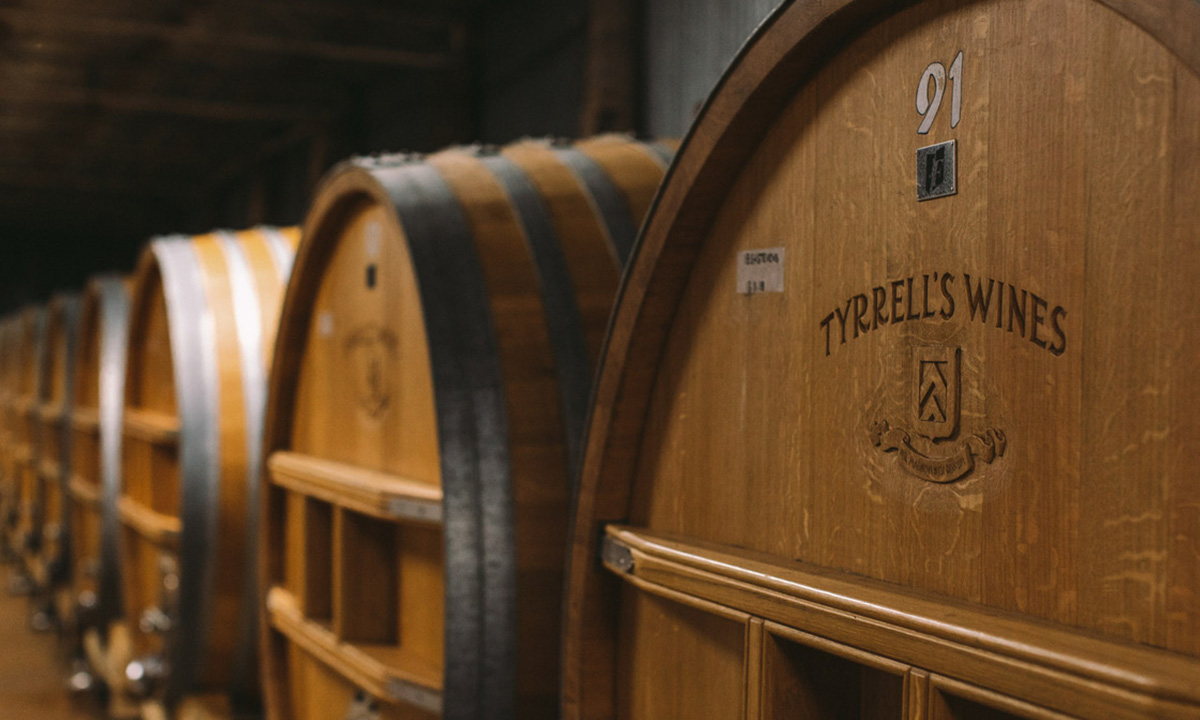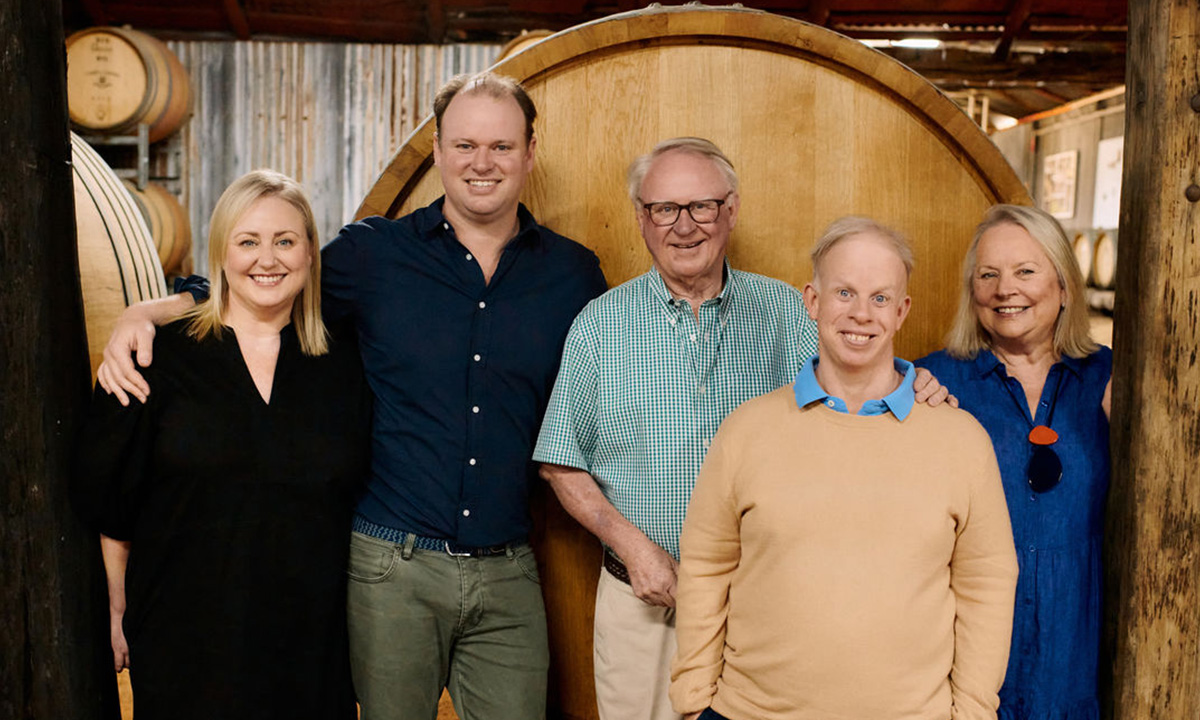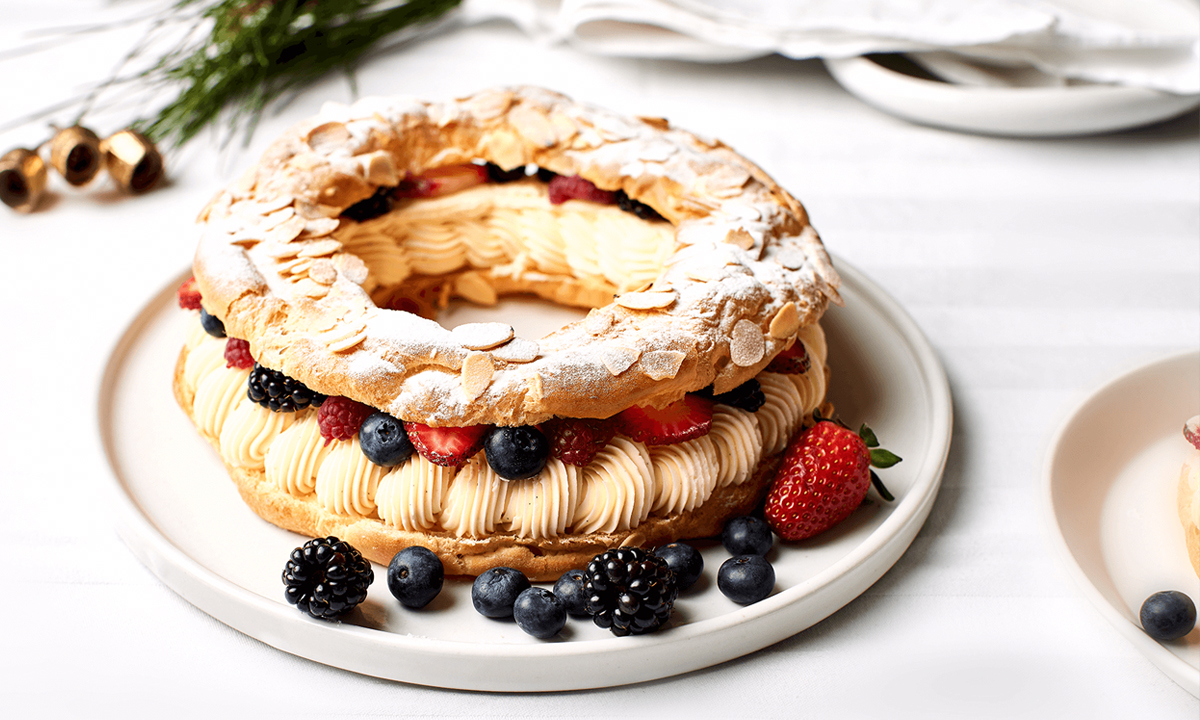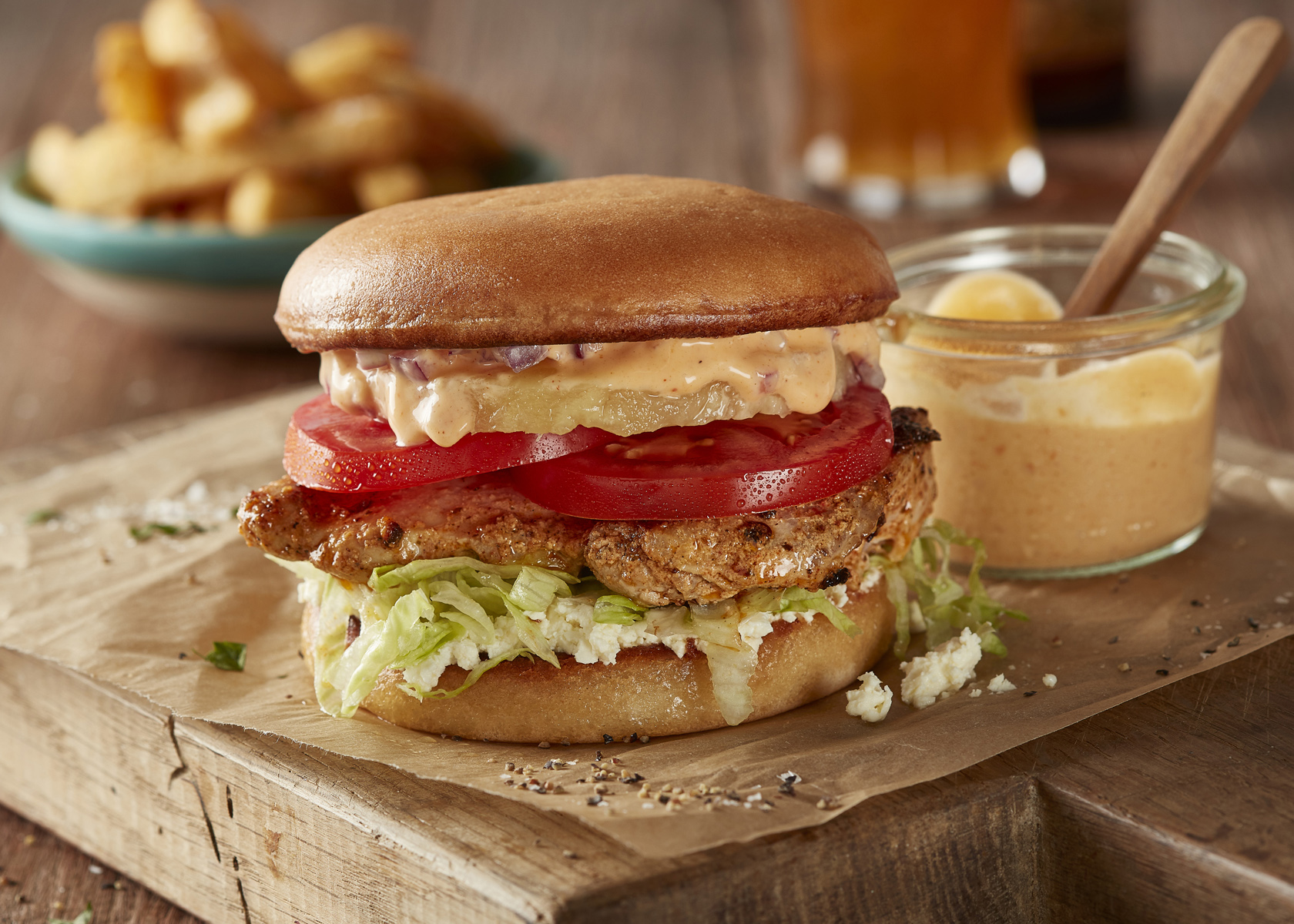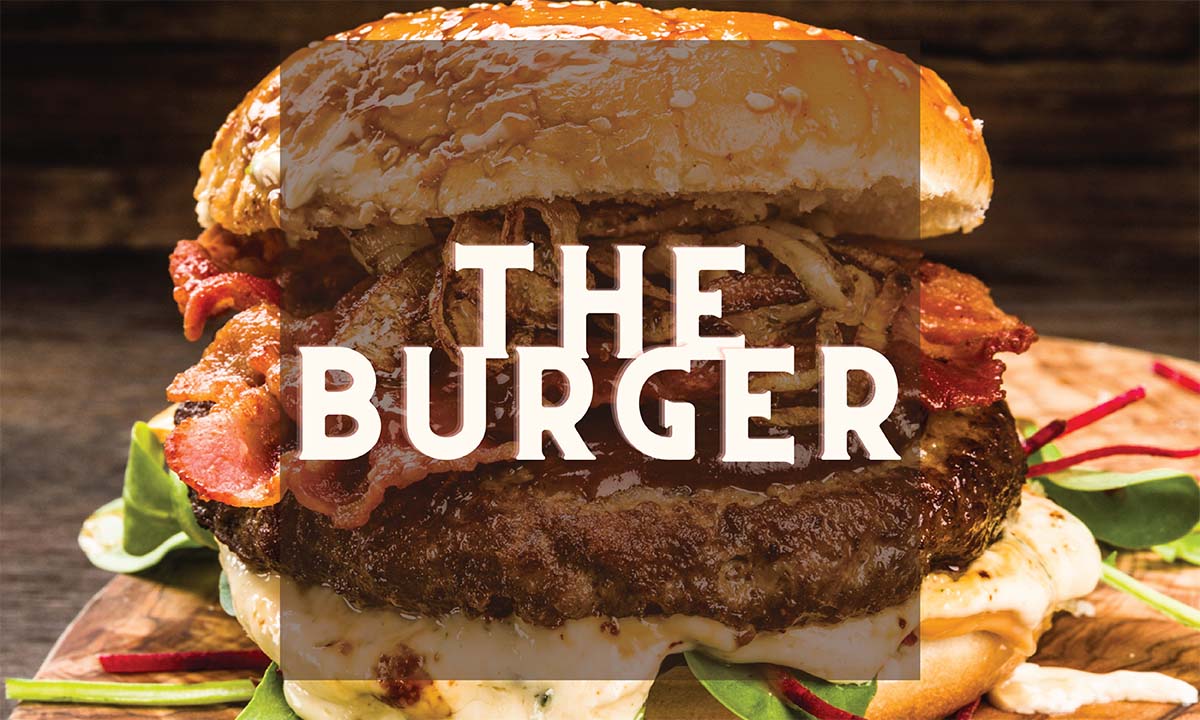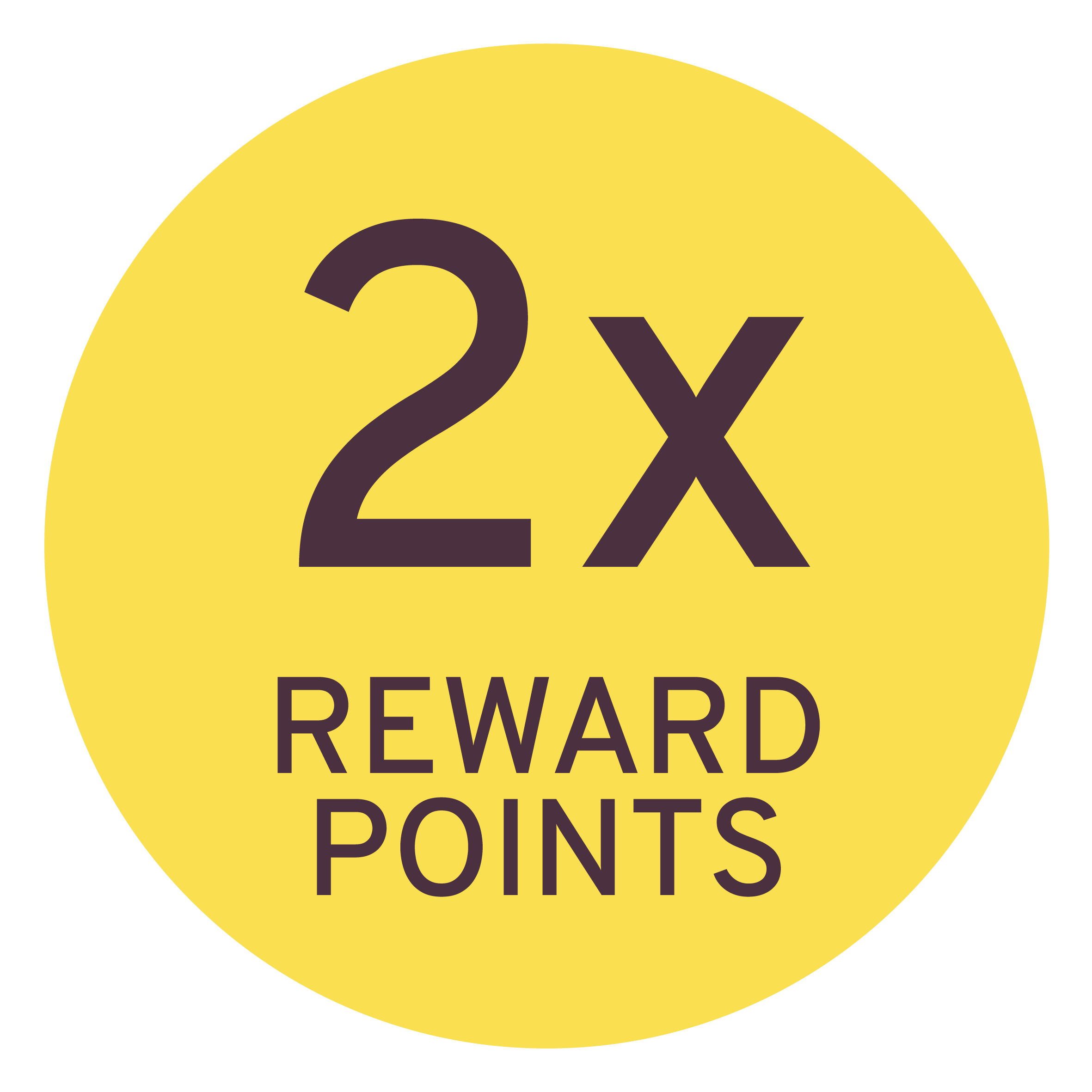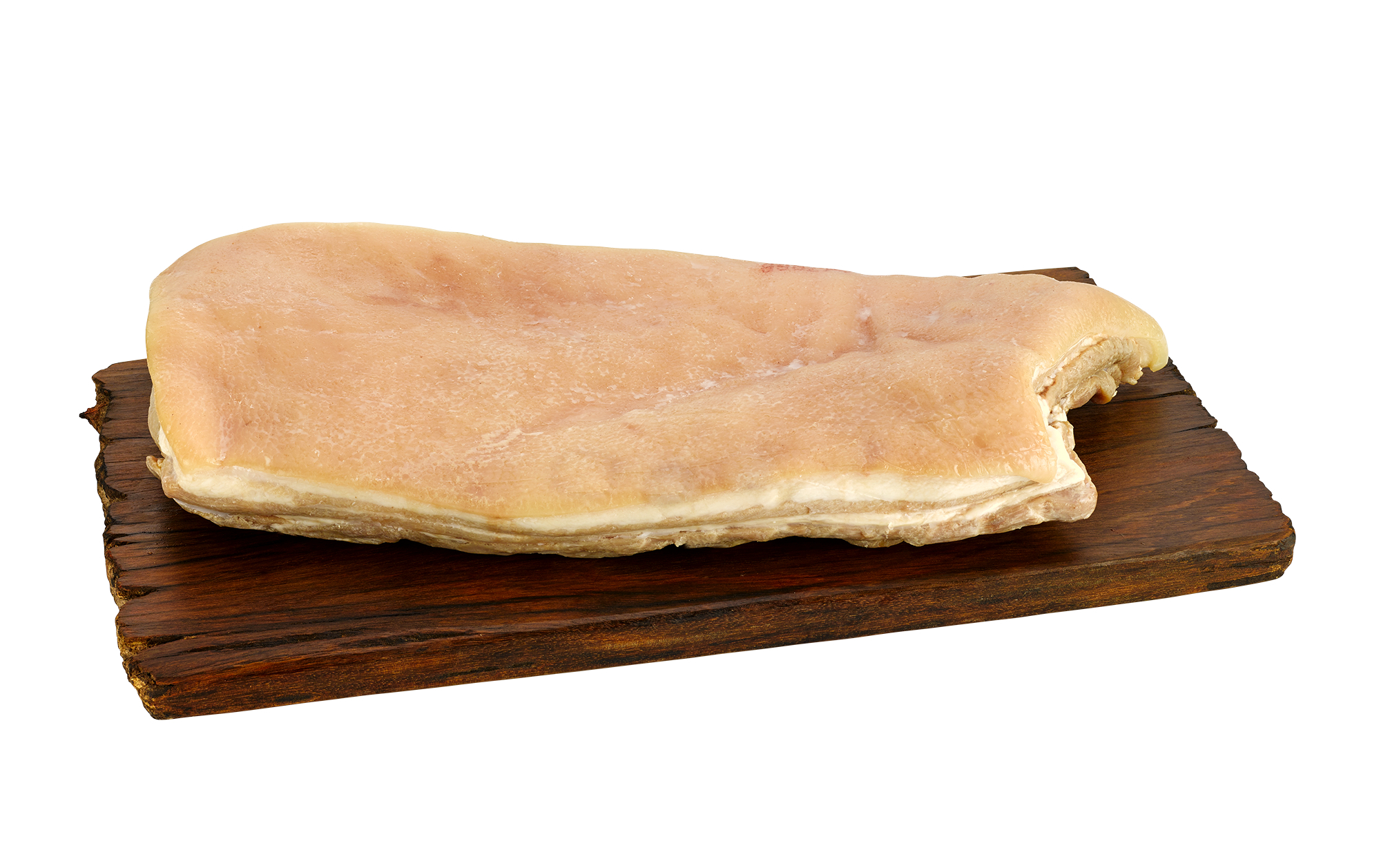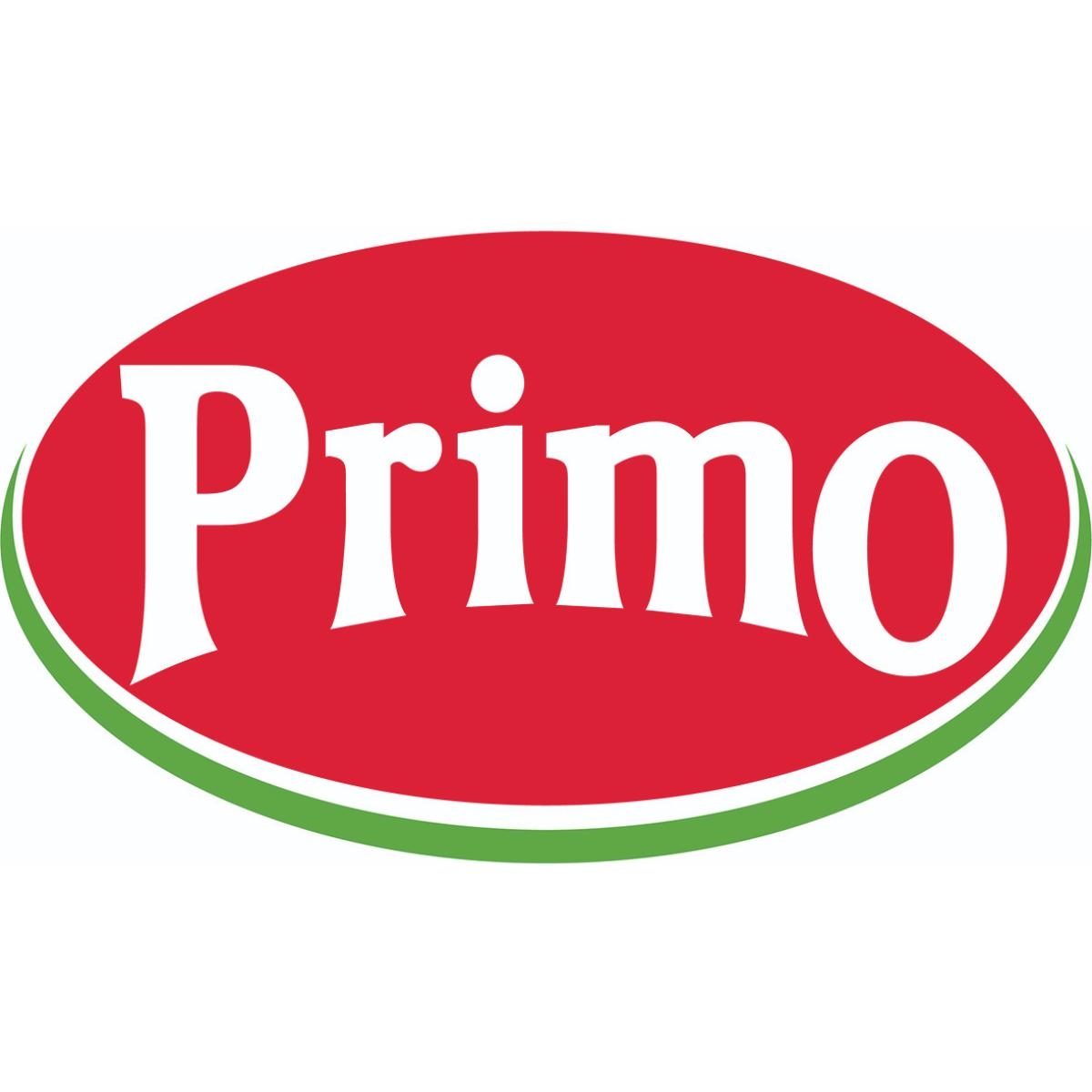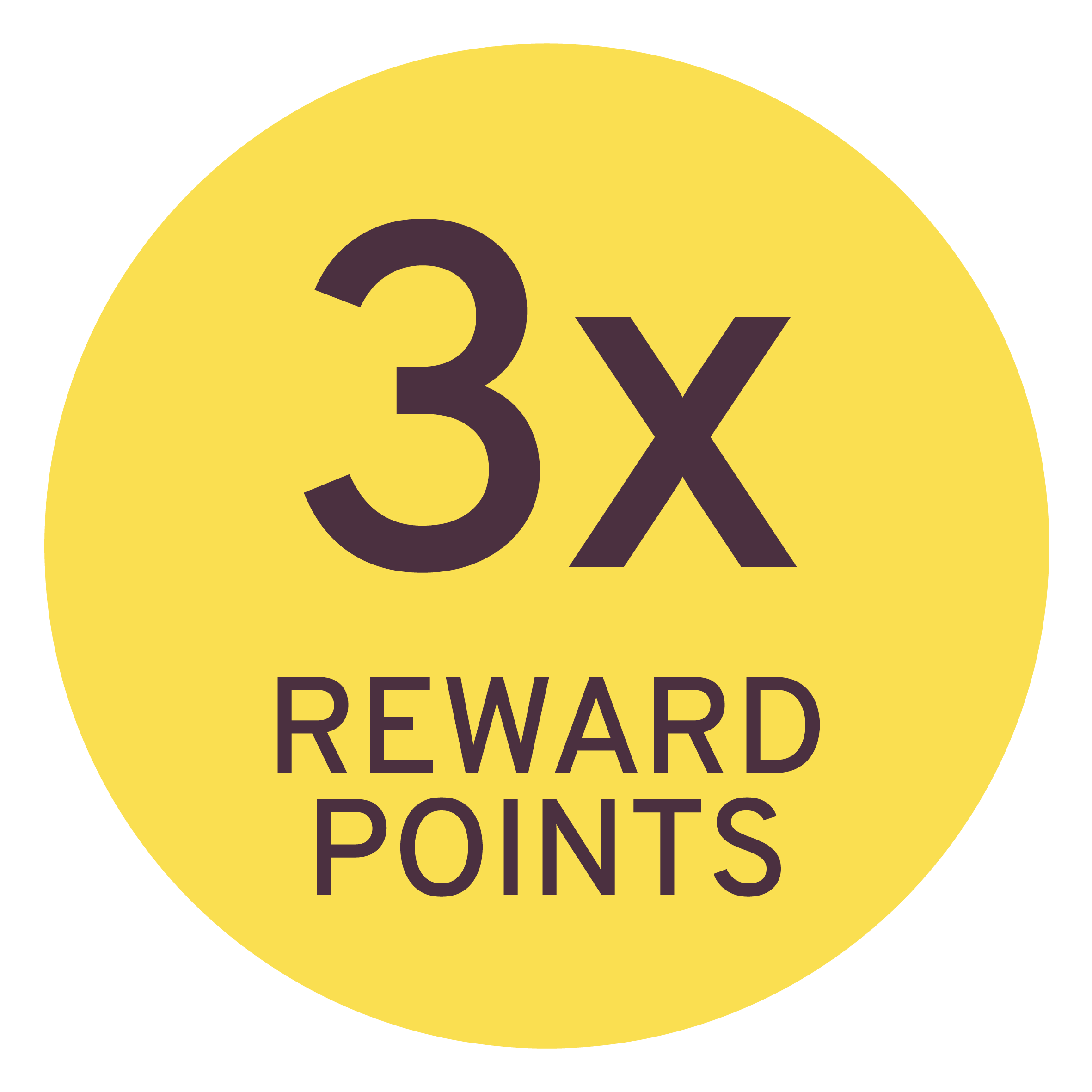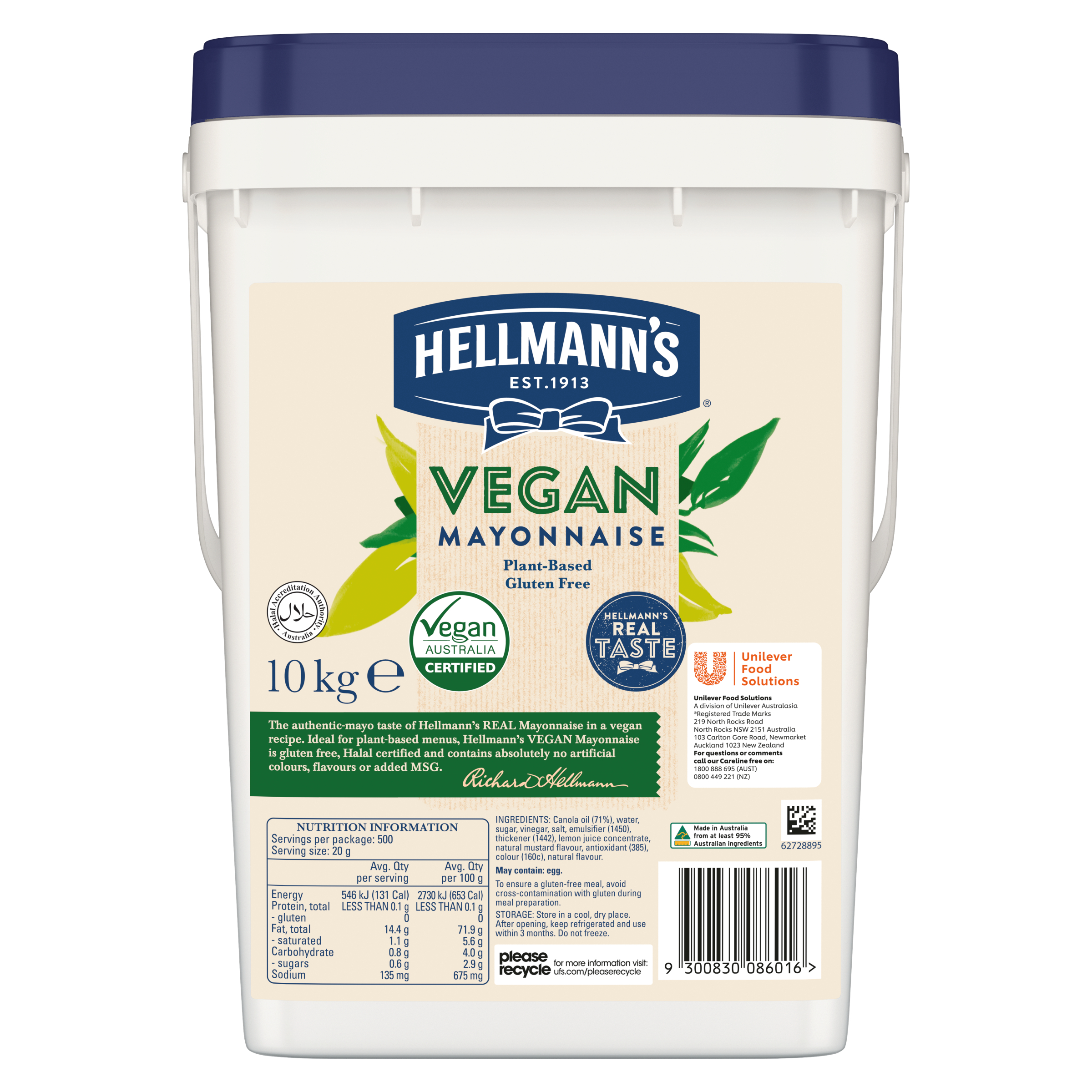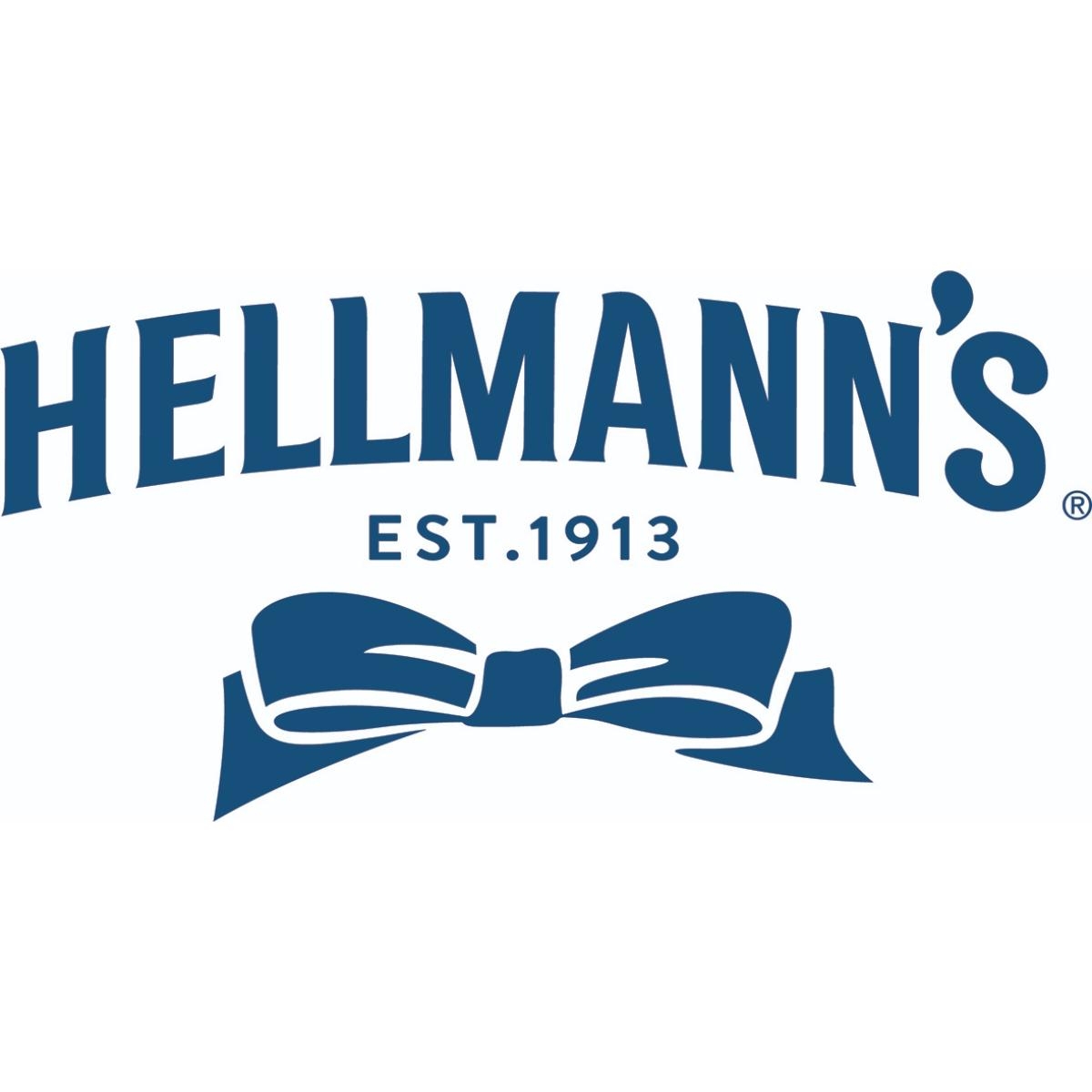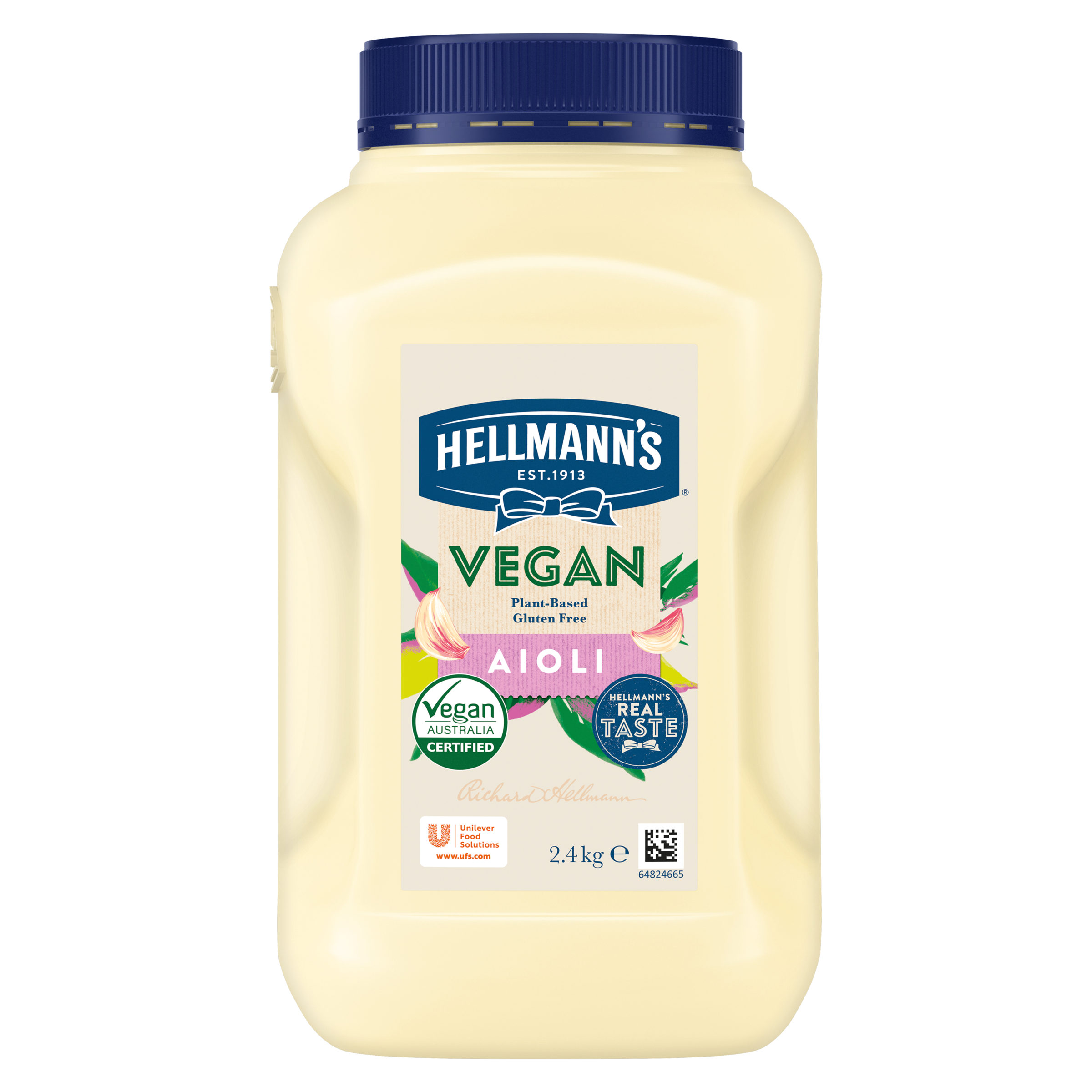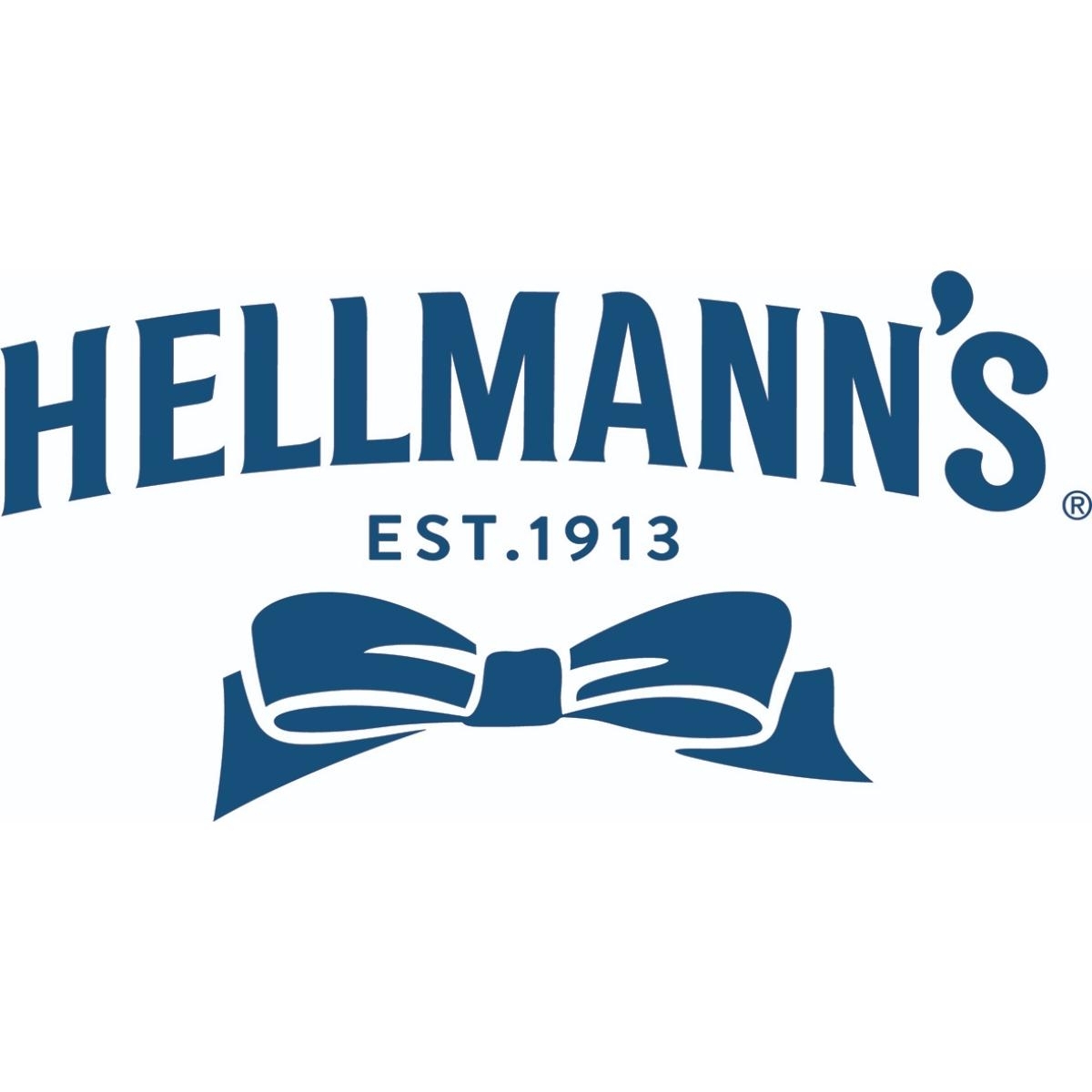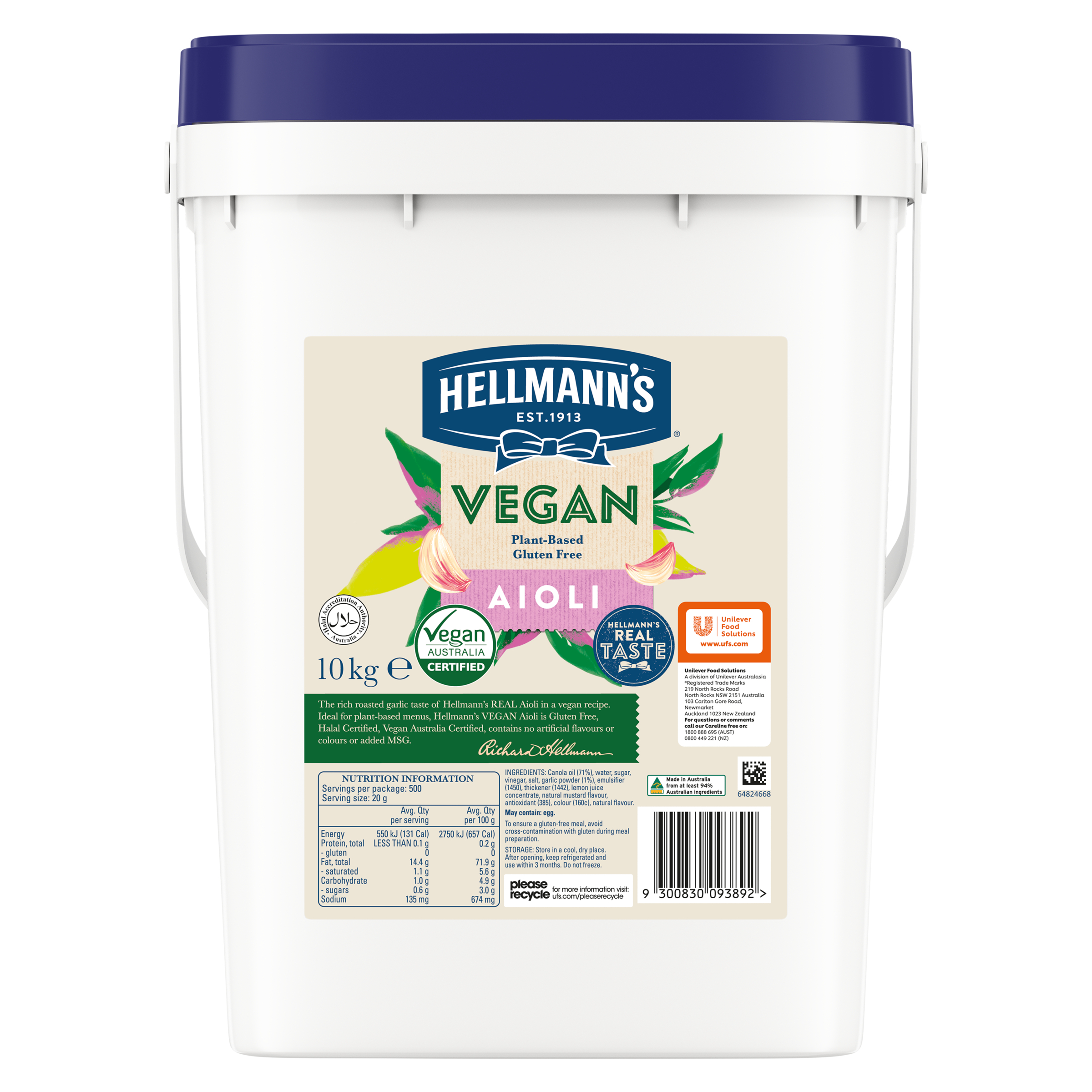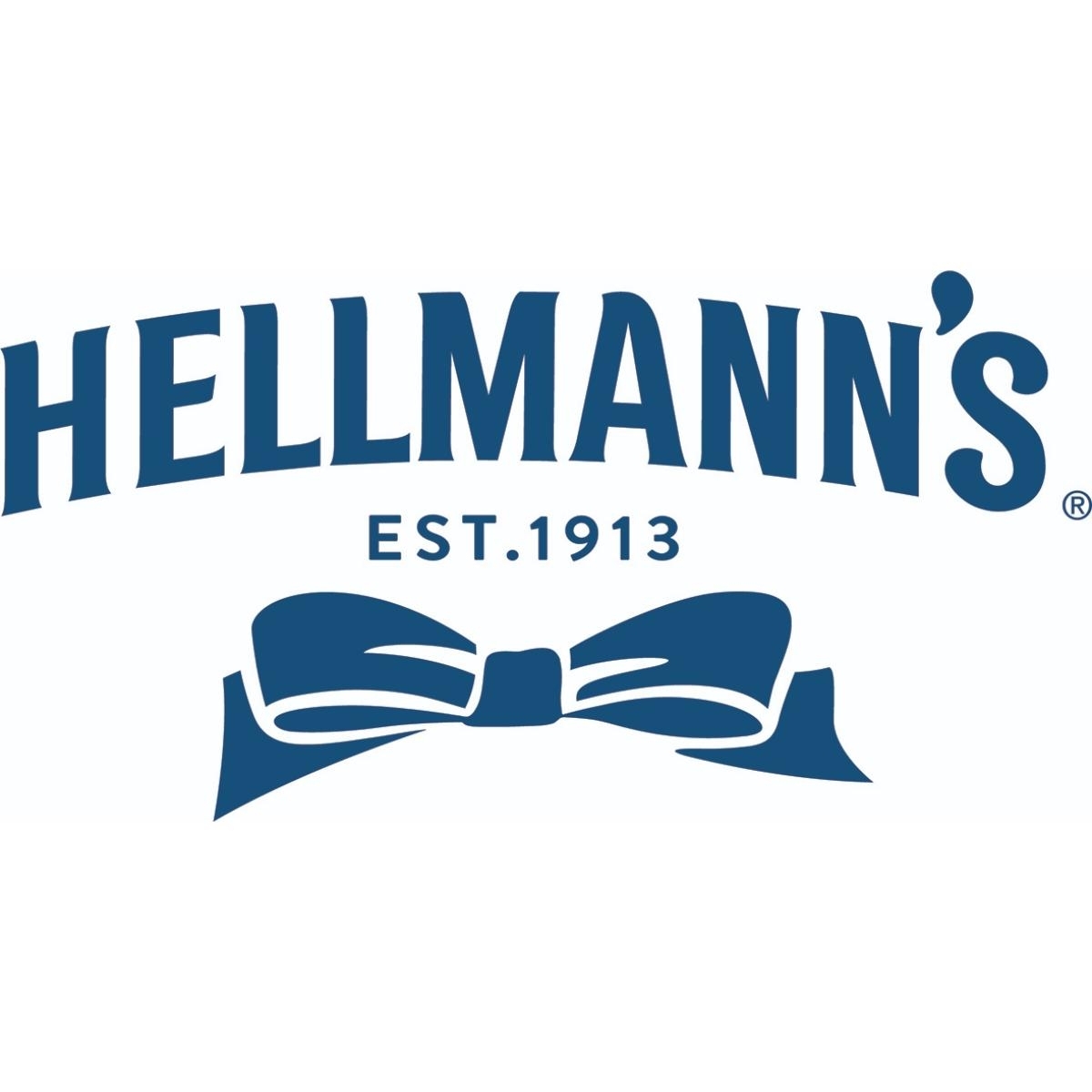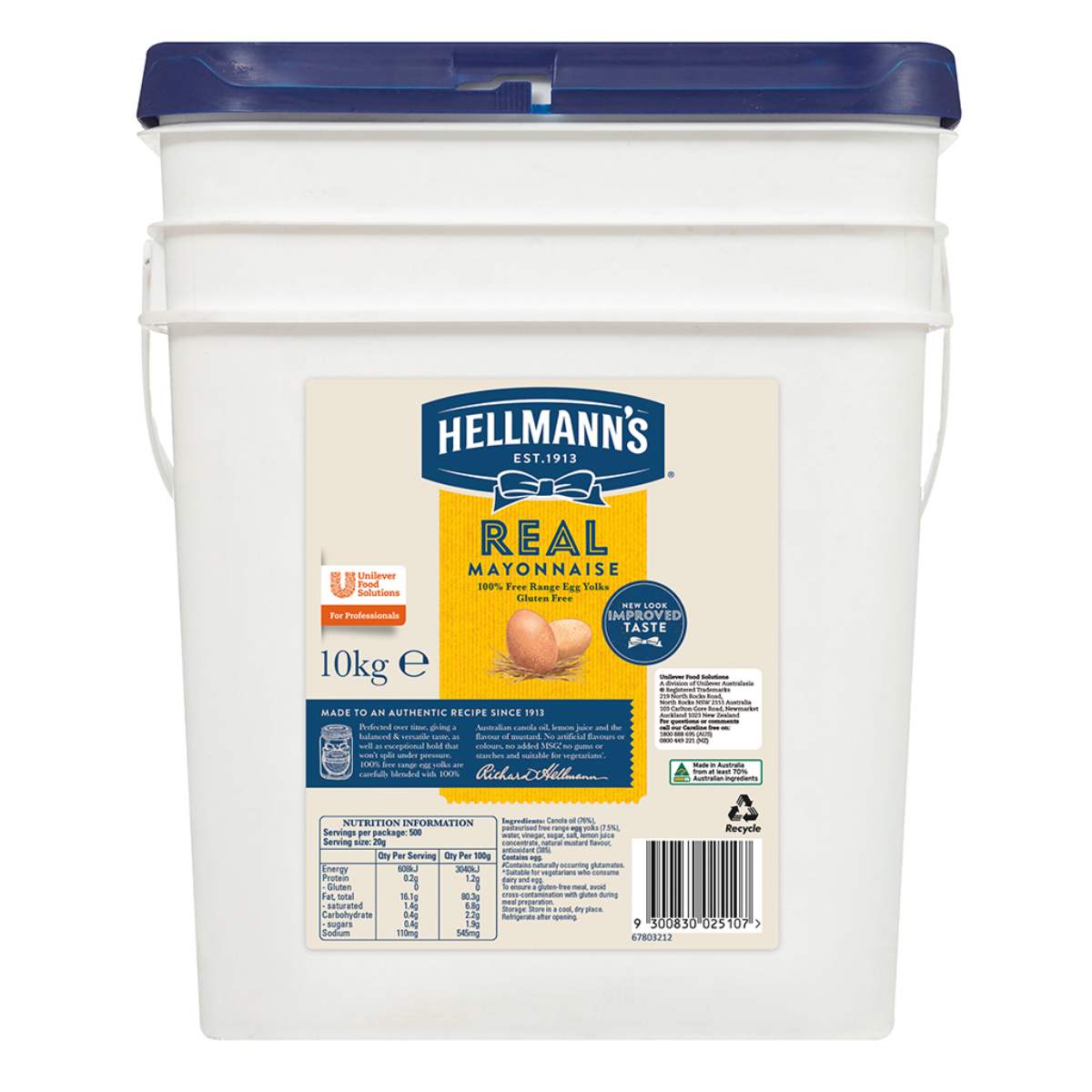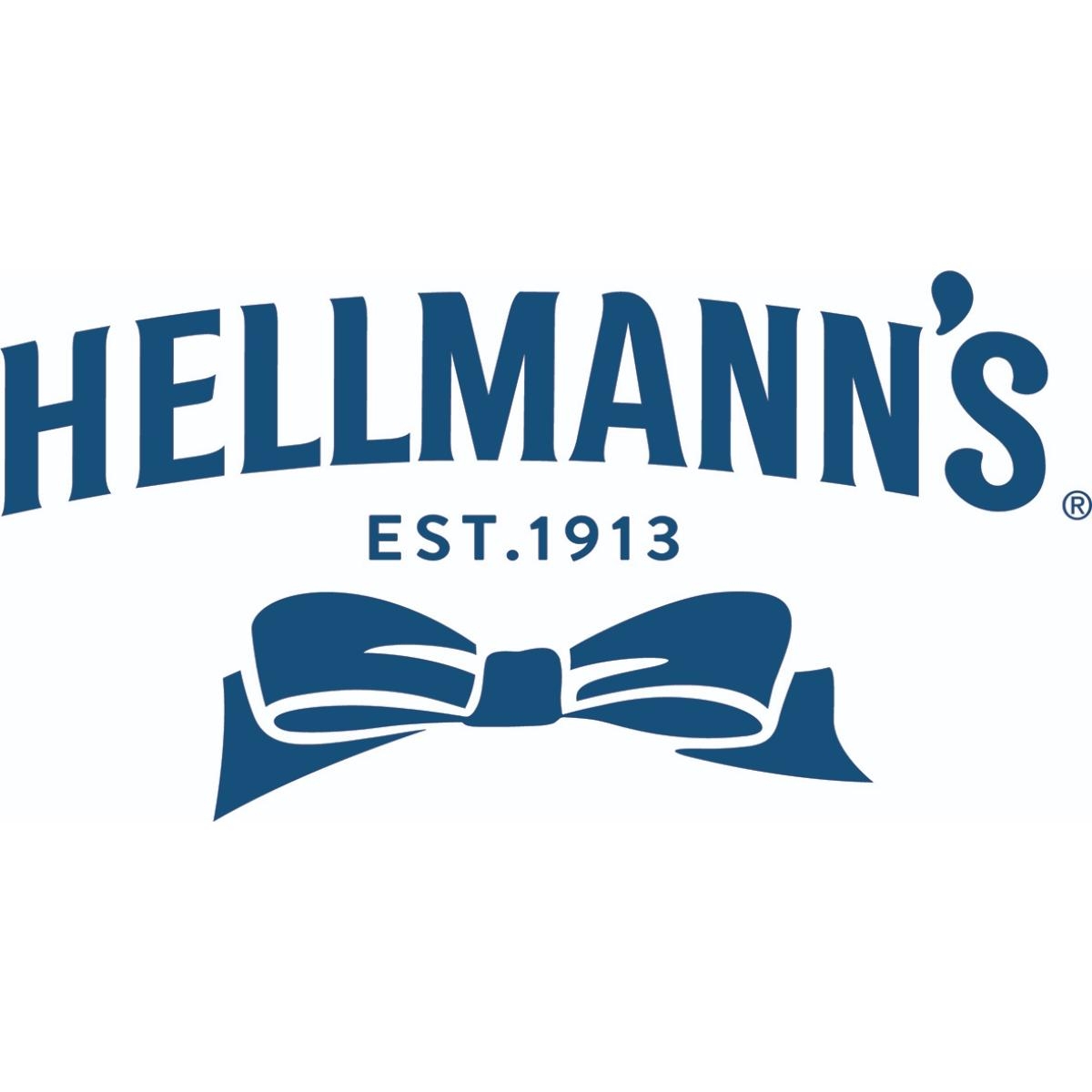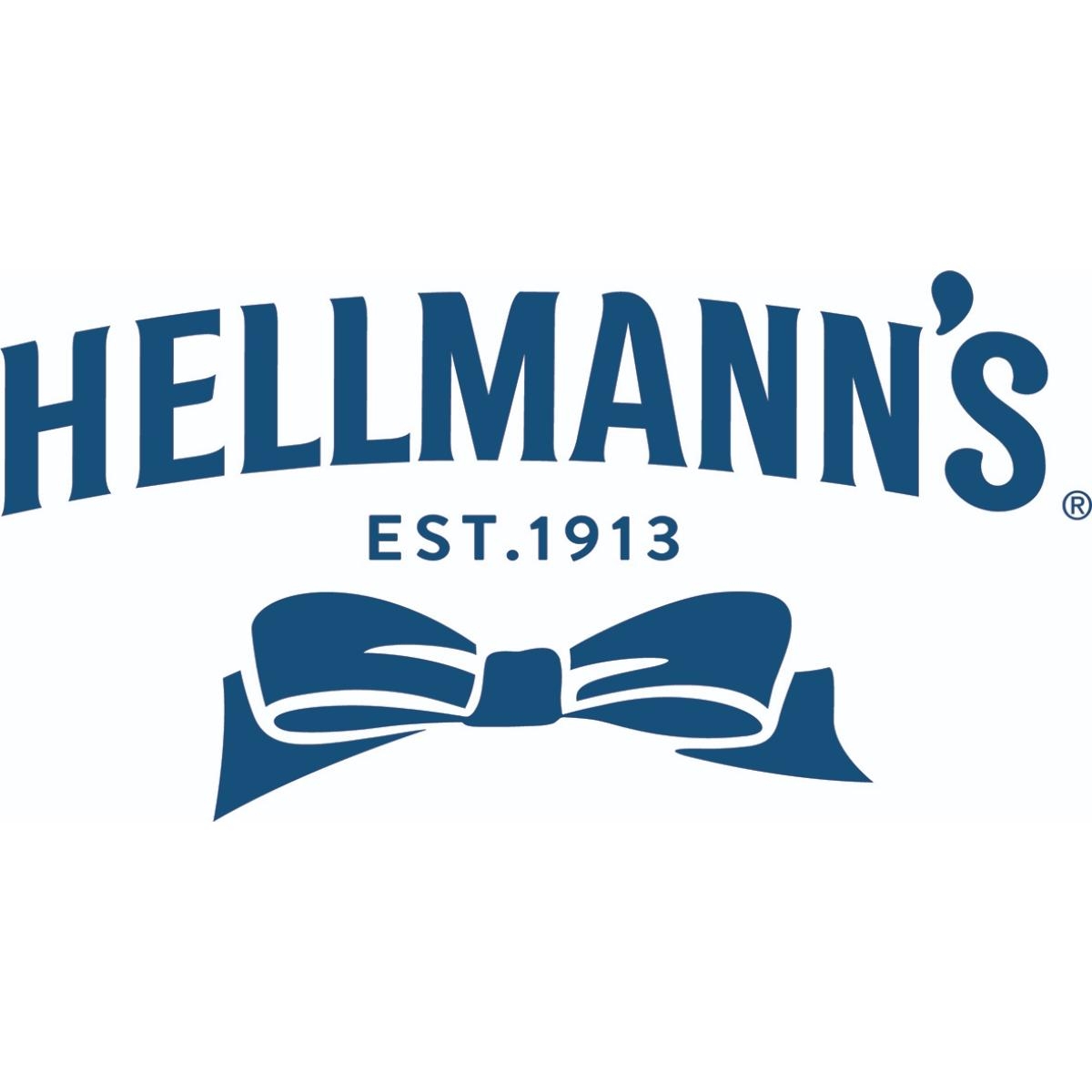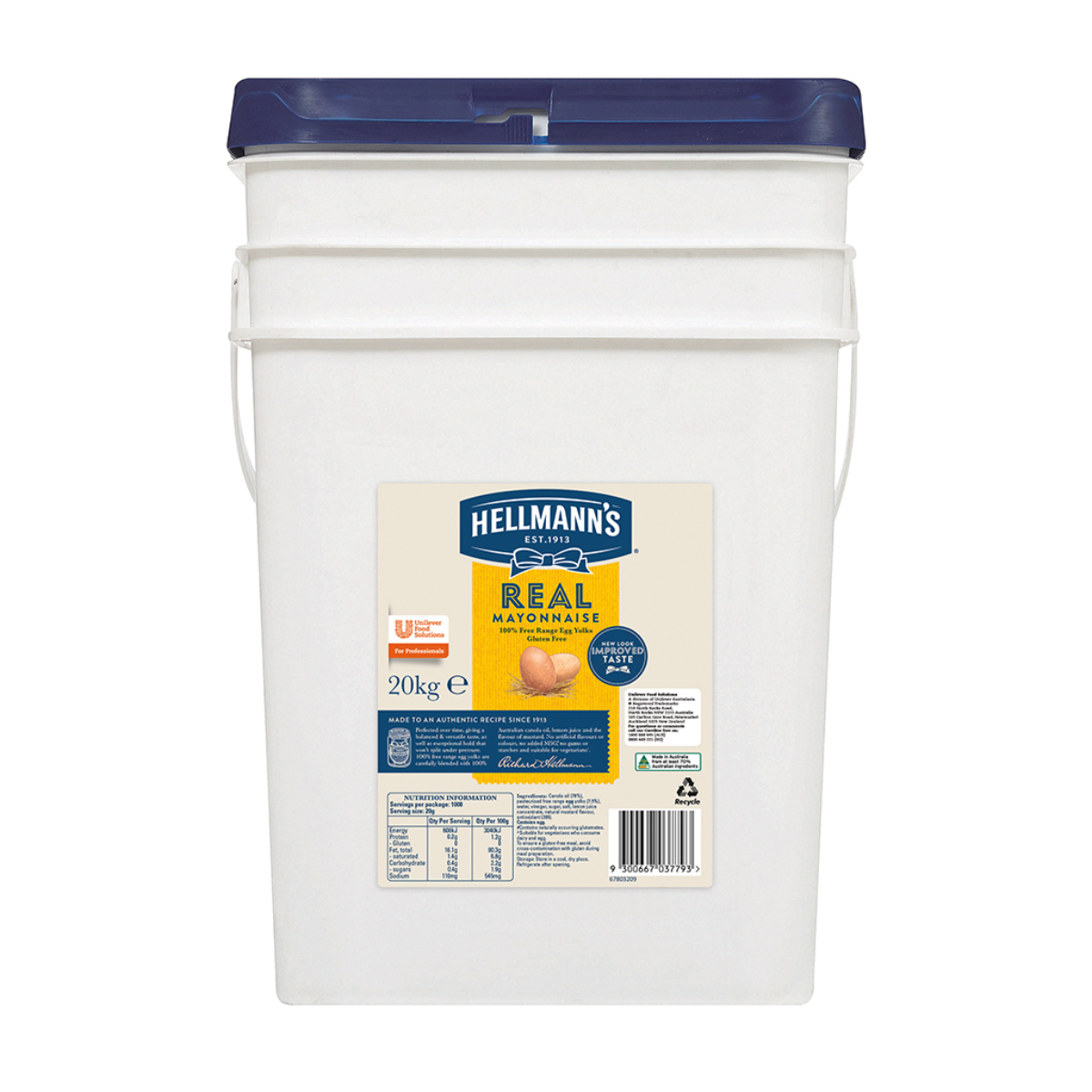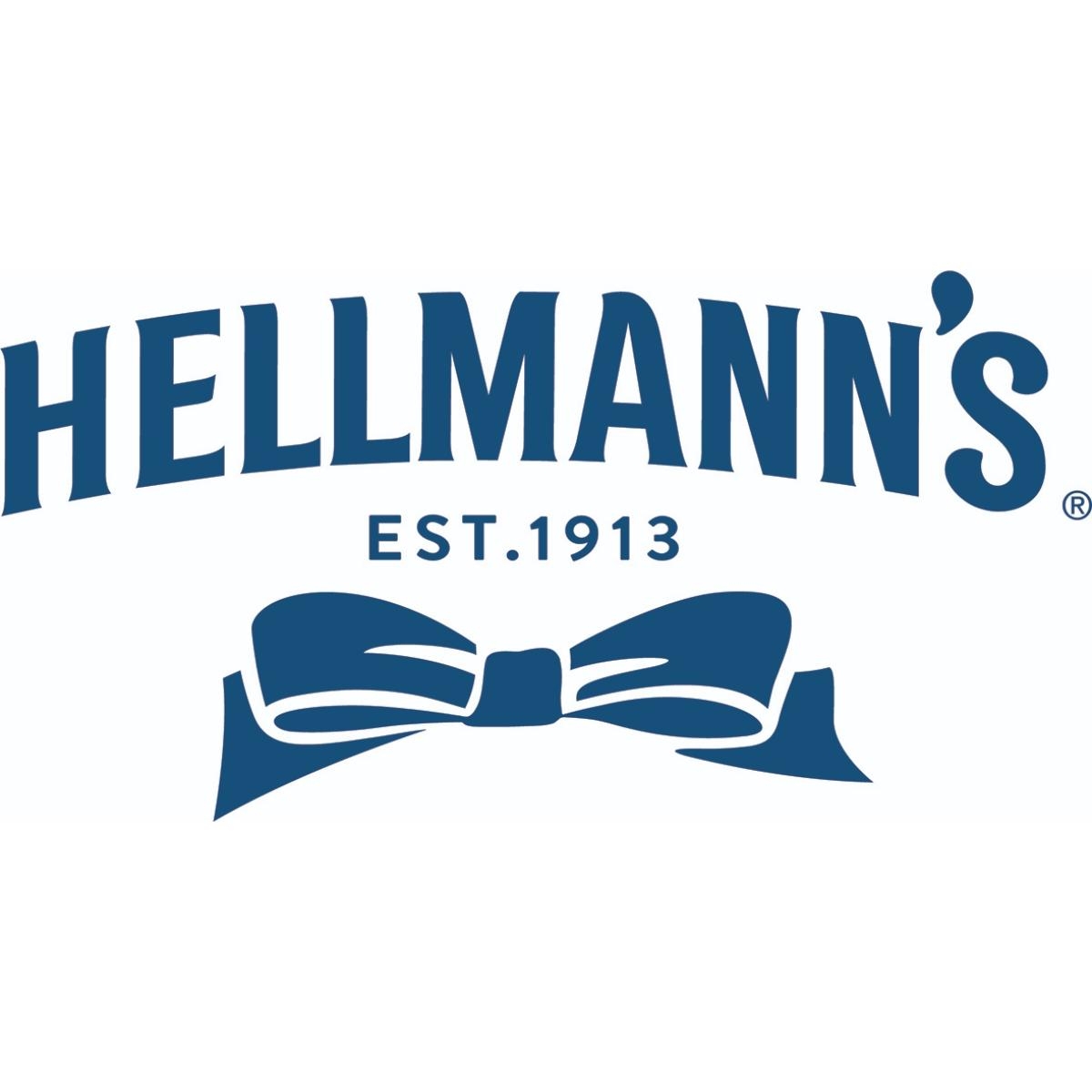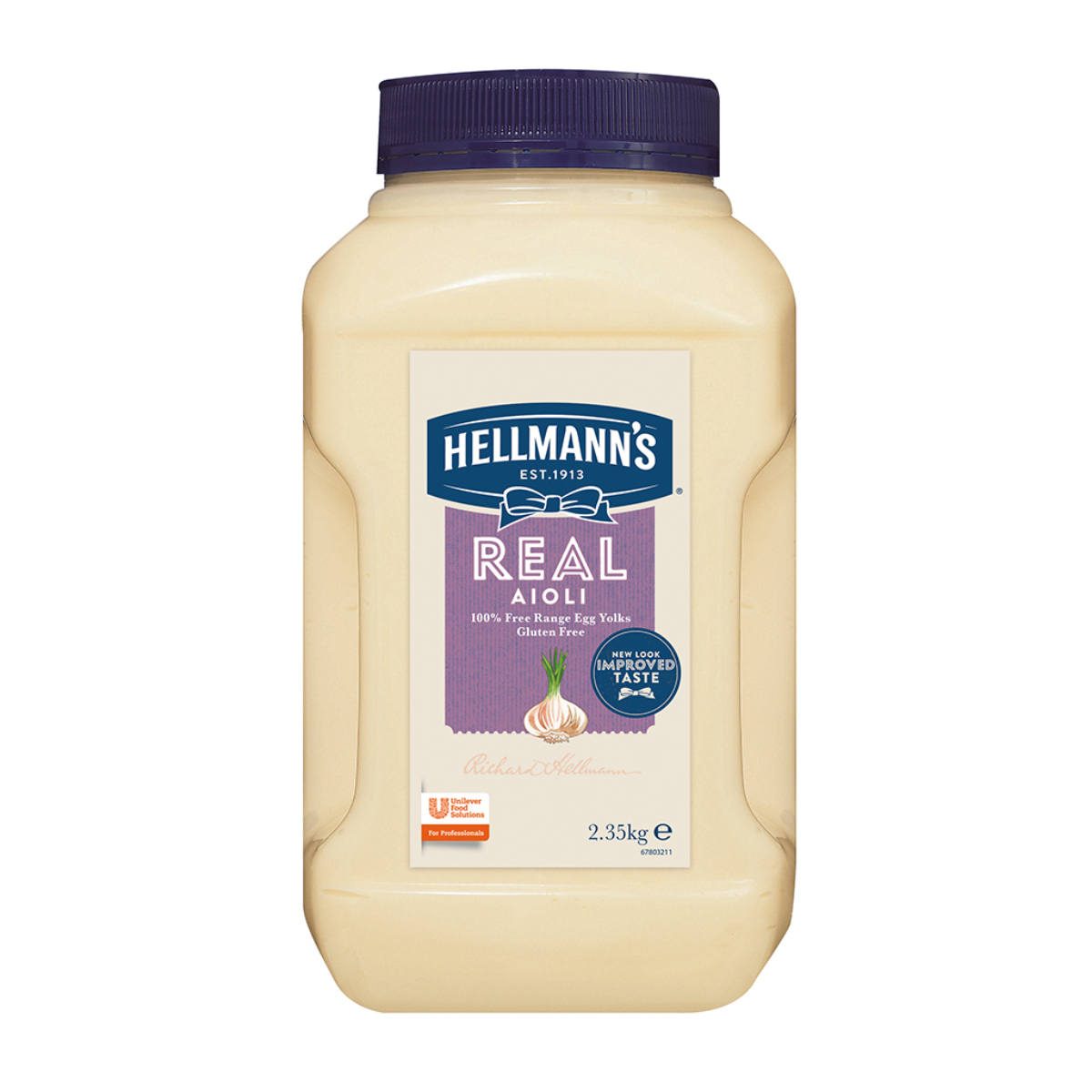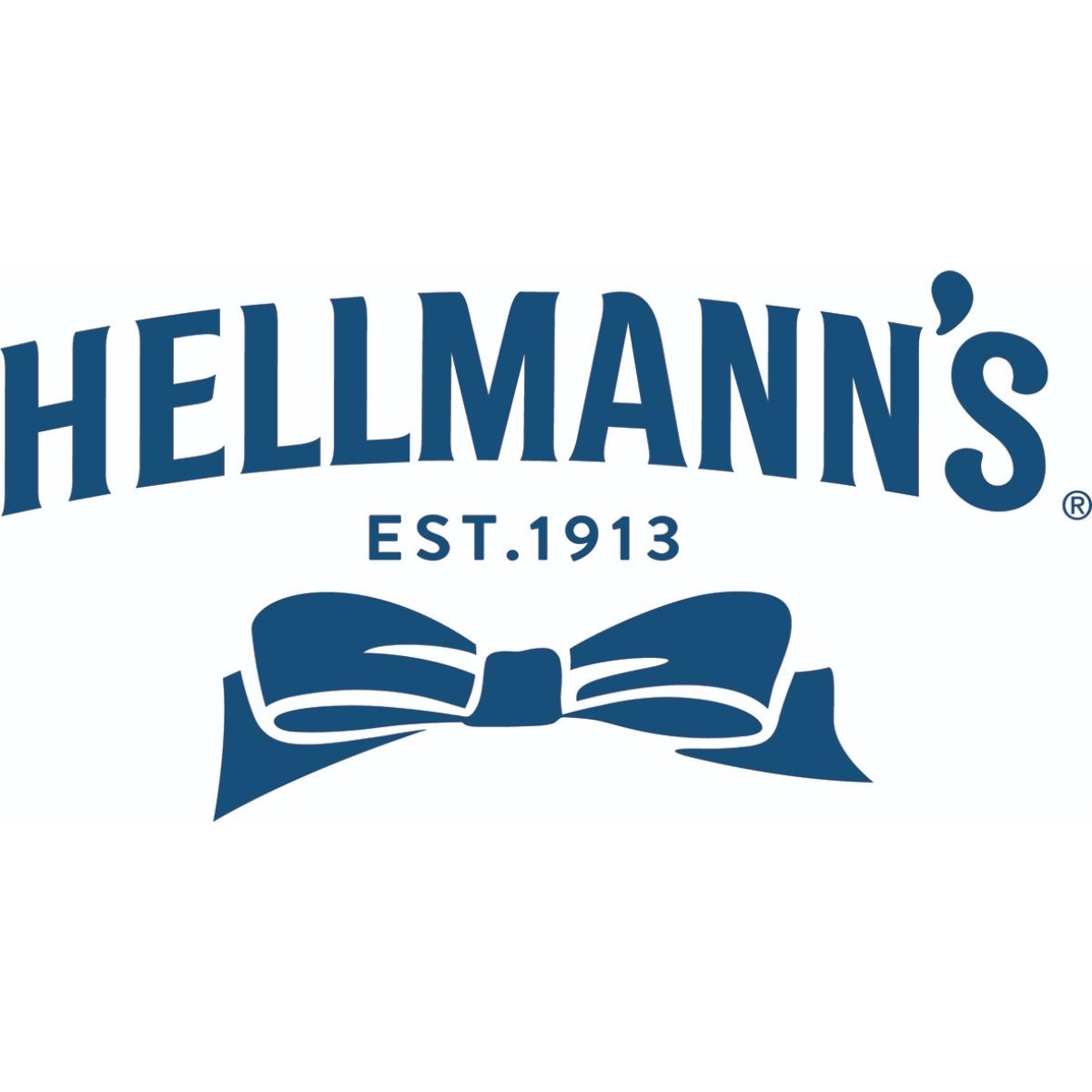The Hunter Valley is defined by extremes. Of Australia’s fine wine regions, it is the hottest, the wettest and uniquely placed east of the Great Dividing Range. This gives the region an extreme climate and it takes an extremely good winemaker to make the most of these conditions.
This has offered the valley a unique opportunity. Other Australian wine regions seek diversity of styles and grape varieties. The Hunter, on the other hand, is all about specialisation – it’s semillon, chardonnay and shiraz that thrive here. With only three things to focus on, they’re made extremely well.
But this is also Australia’s oldest wine region. There is something enduring here, an energy which has stood the tests of time and changing fashions.
Heritage meets quality
Aaron Mercer has only recently opened his own cellar door, Mercer Wines, but he first started working in the area in 2000. Despite this, he is still considered the new kid.
This is indicative of the region’s long-standing appreciation for tradition. But that doesn’t mean he lacks support. “Other regions have wineries which are run by boards who have interest in protecting trade secrets. This leads to two or three wineries dominating. The Hunter is different. We don’t have companies, we have families. And we help each other out.”
One of those families is the Tyrrells, who arrived in the Hunter Valley in 1858. Today, they hold the title of being the region’s oldest family-run winery. They have seen every trend and change, from the dominance of fortifieds to the rise of table wines.
“The region used to be everything to everyone,” says Jane Tyrrell. She is fifth generation and works closely with her family as Key Accounts manager. “Today, I think the region is honing in on single vineyard wines. We’re making fewer, but better wines, focusing on site rather than making wine to a certain style.”
The Hunter Valley fits consumer trends
What winemakers have found is that the Hunter Valley, with its early harvests and extreme heat, creates wines that are naturally lower in alcohol – Hunter Valley shiraz comes in at 13%, not 14.5%. The wines also offer refreshing acids and brighter fruit, both suiting the trends of Australian consumers.
“The public, in general, are moving towards medium bodied and food friendly styles,” Tyrrell continues. “Not only do they match our food, but they match our climate.”
Mercer elaborates on this. “People want something they can drink and drink again. We don’t want one glass of wine at lunch, we want two. The Hunter is perfectly suited to filling that space. Consumer trend is on our side.”
The benefit is that, rather than trying to craft a new style to meet the market, the Hunter has been perfecting medium bodied wines for almost 200 years. In some ways, the region has played the long game. This is vastly different to the rosé boom, which saw several producers all over the country scramble to fit in with consumer demands.
It’s not that the Hunter has changed, it’s that Australians are catching up.
International acclaim sets the standard
While it may feel like the Hunter is only recently gaining traction in the domestic market, it has had the backing of international recognition for decades, making it an easier sell to drinkers who are still uncertain.
Tyrrell explains that her father, Bruce, is fundamental in this. “He has been raising awareness of the Hunter Valley, and especially semillon, for 30 years. His hard work and endless travel have paid off – aged Hunter semillon is now internationally recognised as one the greatest wines in the world. That’s all dad,” she proudly says.
Mercer also sees this connection. “International critics like Jancis Robinson have been incredibly supportive of the Hunter, and the new generation of drinkers are experience motivated. They don’t want wine, they want the best wine. And the Hunter has that backing.”
There is still growth and energy here, though. No one rests on their laurels in the Hunter Valley. A new generation of winemakers are coming through, who have learnt from the Old Guard but seen what can improve.
“The talent pool here is second to none,” says Mercer. “This might be legacy, or the region itself creating skilled winemakers, or both. But the next generation of winemakers are absolutely killing it.”
Tyrrell puts it succinctly. “The Hunter isn’t under appreciated. But it’s undervalued.”
It seems that, with its proud history, skilled winemakers and international acclaim, the Hunter Valley is finally becoming the drinker’s choice of wine. After all, there are few things more refreshing in the blistering summer heat than a chilled semillon.

